US stocks surge in initial trading, with S&P 500 and NASDAQ extending recent record run. The moves seem to have exhausted their momentum. No follow through buying is seen after S&P 500 hit 2903.77 and NASDAQ hit 8046.31. Both indices have indeed turned red at the time of writing and DOW is up only 0.06%.
In the currency markets, Canadian Dollar is now the strongest one, followed by Swiss Franc and then Euro. The US seems to be optimistic in the trade negotiations with Canada. Treasury Secretary Mnuchin said today that “the U.S. market and the Canadian markets are very intertwined.” And, ‘it’s important for them to get this deal and it’s important for us to get this deal.” He said the agreement could be concluded within this week.
On the other hand, Sterling suffers fresh selling in US session, in particular against Euro and Swiss Franc. Yen follows as the second weakest. Dollar is the third weakest even though data showed consumer confidence rose to highest since October 2000.
One development to note is the strong rally in treasury yields. It’s believed to have started from Germany as 10 year bund yield jumps 0.10 to 0.38. The move is on the back on news that Germany is considering to extend financial aid to Turkey, to prevent knock-on effect from deterioration in the latter’s economy. But the WSJ report also noted that the discussions are in very early stage, and the talk could eventually fall apart.
Nevertheless, the over developments help lift 10 year US yield sharply higher. At the time of writing it’s up 0.27 at 2.875. The rebound also marks strong support from 2.811 and focus is back of 55 day EMA (now at 2.892). Break there will bring 3% handle back in radar.




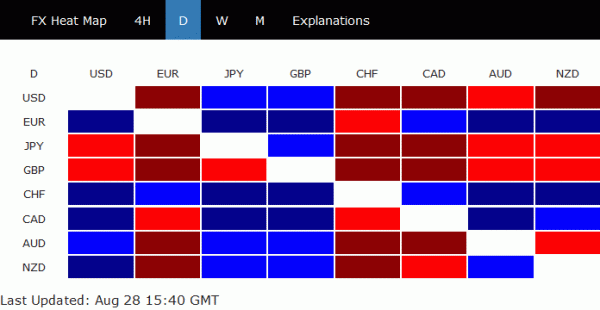
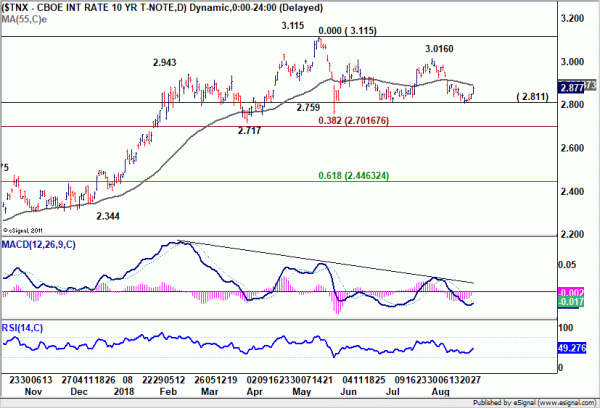
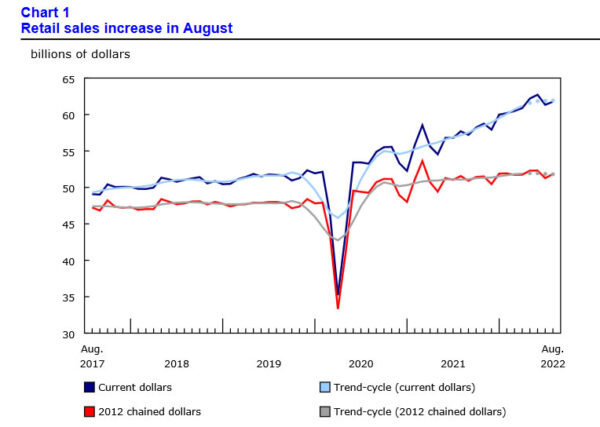
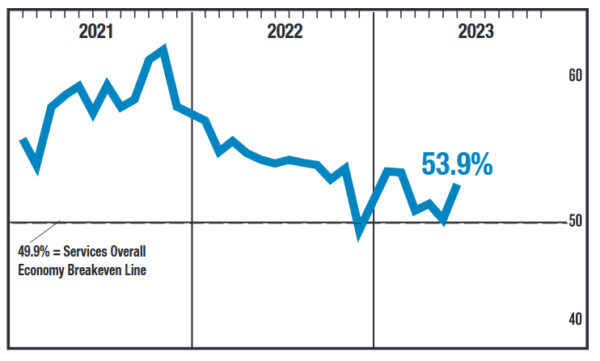
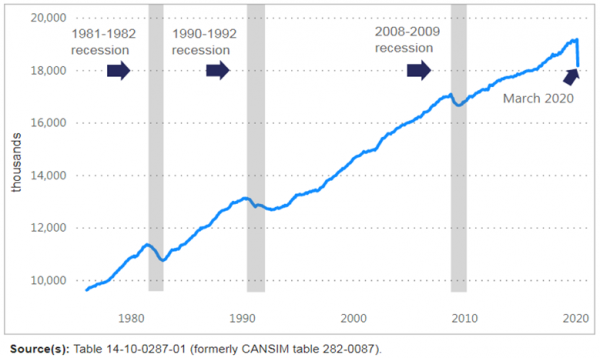

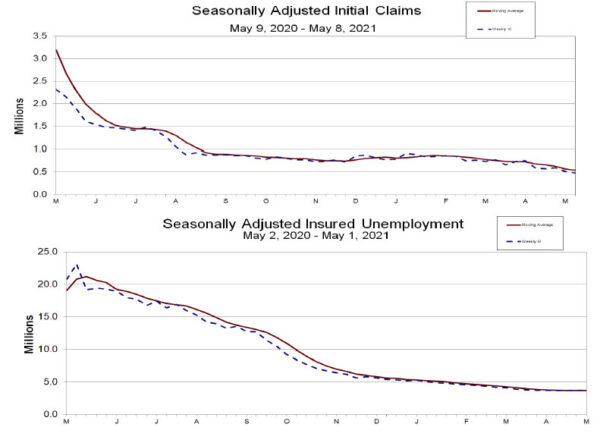
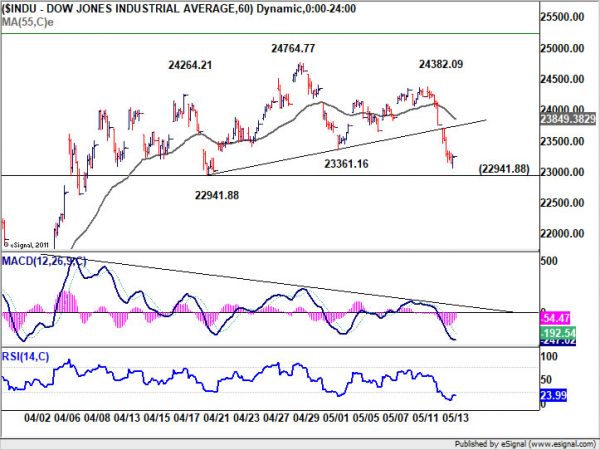
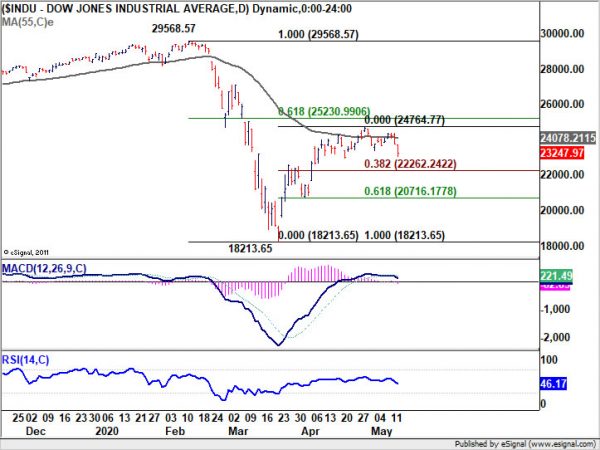
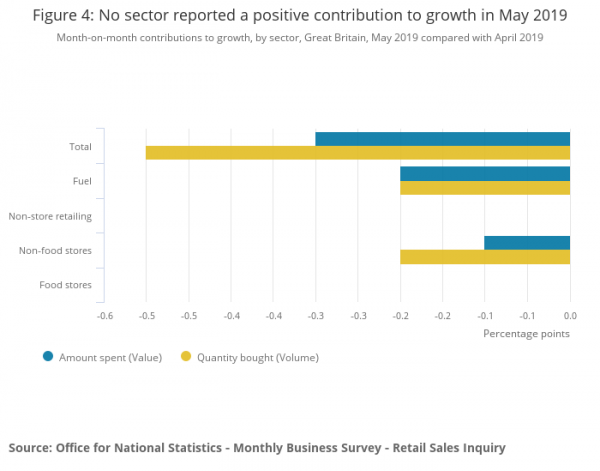
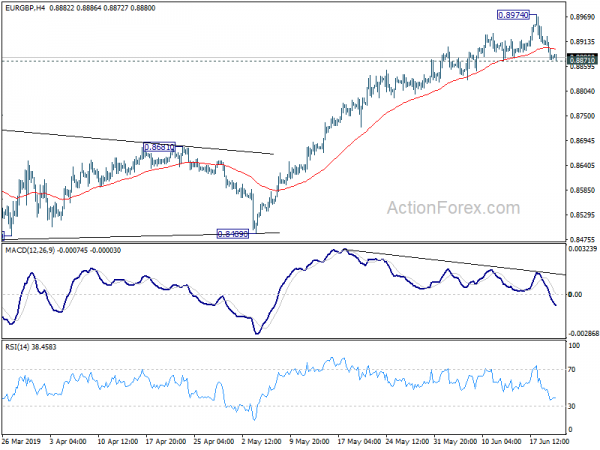
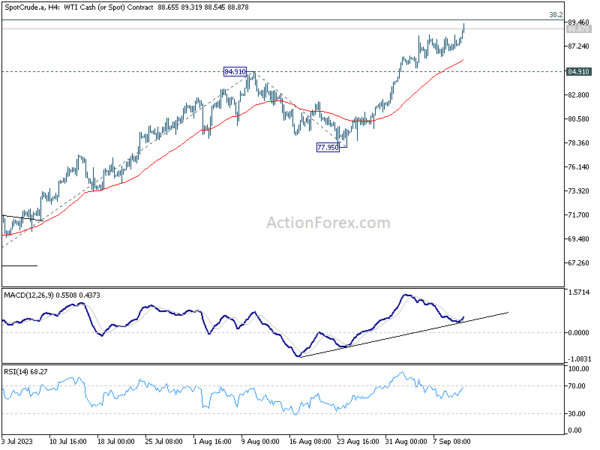
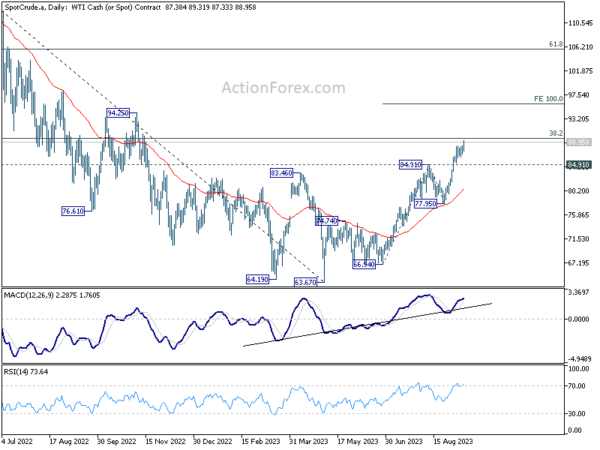
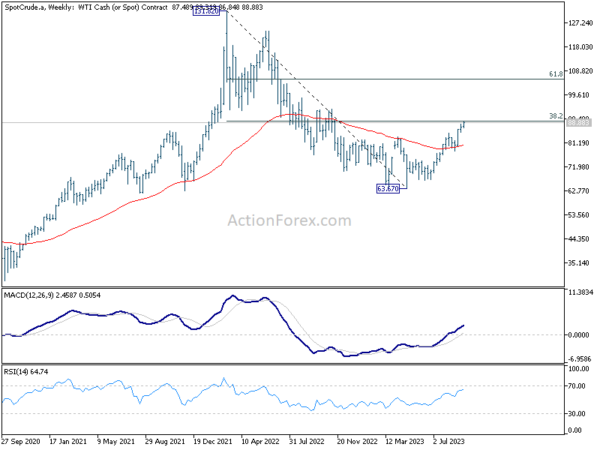
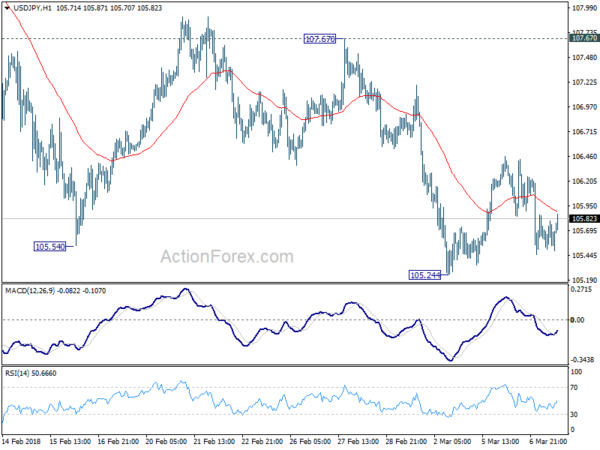

Eurozone CPI finalized at 8.6% yoy in Jun, core CPI at 3.7% yoy
Eurozone CPI was finalized at 8.6% yoy in June up from May’s 8.1% yoy. Excluding energy, food, alcohol & tobacco, CPI was finalized at 3.7% yoy, down form May’s 3.8% yoy. The highest contribution to the annual Eurozone inflation rate came from energy (+4.19%), followed by food, alcohol & tobacco (+1.88%), services (+1.42%) and non-energy industrial goods (+1.15%).
EU CPI was finalized at 9.6% yoy, up from May’s 8.8% yoy. The lowest annual rates were registered in Malta (6.1%), France (6.5%) and Finland (8.1%). The highest annual rates were recorded in Estonia (22.0%), Lithuania (20.5%) and Latvia (19.2%). Compared with May, annual inflation fell in two Member States and rose in twenty-five.
Full release here.